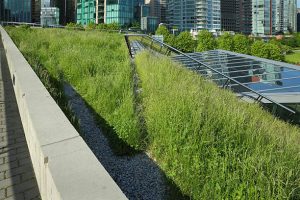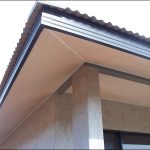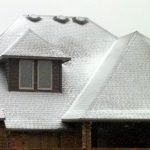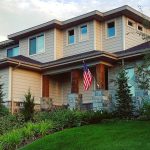A living roof sometimes called a green roof, is a roof covered by a waterproofing membrane and then covered partially or completely by vegetation and growing mediums that retain water and transfer it back into the atmosphere through natural means. Installing green roofs conserve a notable amount of energy, but have additional benefits such as beautifying a building and increasing its value, and improving the air quality around it, among other things.
Discover the Benefits of Green Roofs
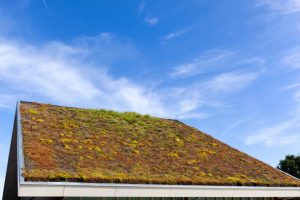
Discover the Different Names and Styles of Living Roofs
A living roof or green roof goes by even more names. You might hear it being called a roof garden or a garden roof as well. Like the tiny house movement, there are endless possibilities for design. Roofs can be designed with aesthetics heavily in mind, or made of plants chosen for different purposes. Some look covered in strict grass, others are spotted with flowers, and some even have small trees. Some look tightly groomed and others, wild. In some cultures, this clever roofing is as old as the 19th century. Sod roofs were the most common roof type in Scandinavia at the time. They were made of loose roof boards covered in layer upon layer of birch bark and sod as the final layer. Green roofs today might employ additional modern technologies to care for the roof such as drainage and irrigation systems.
Green Roofs Outlast Traditional Roofs
